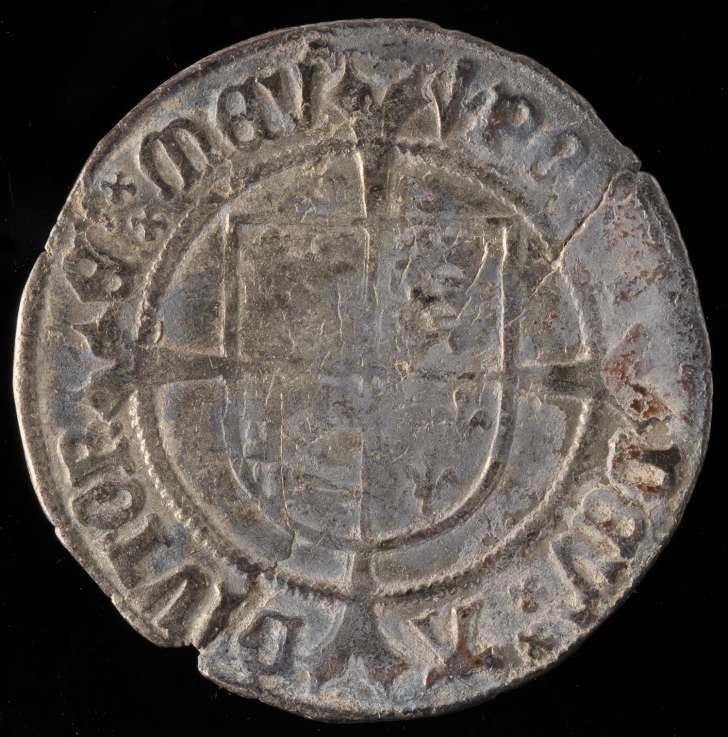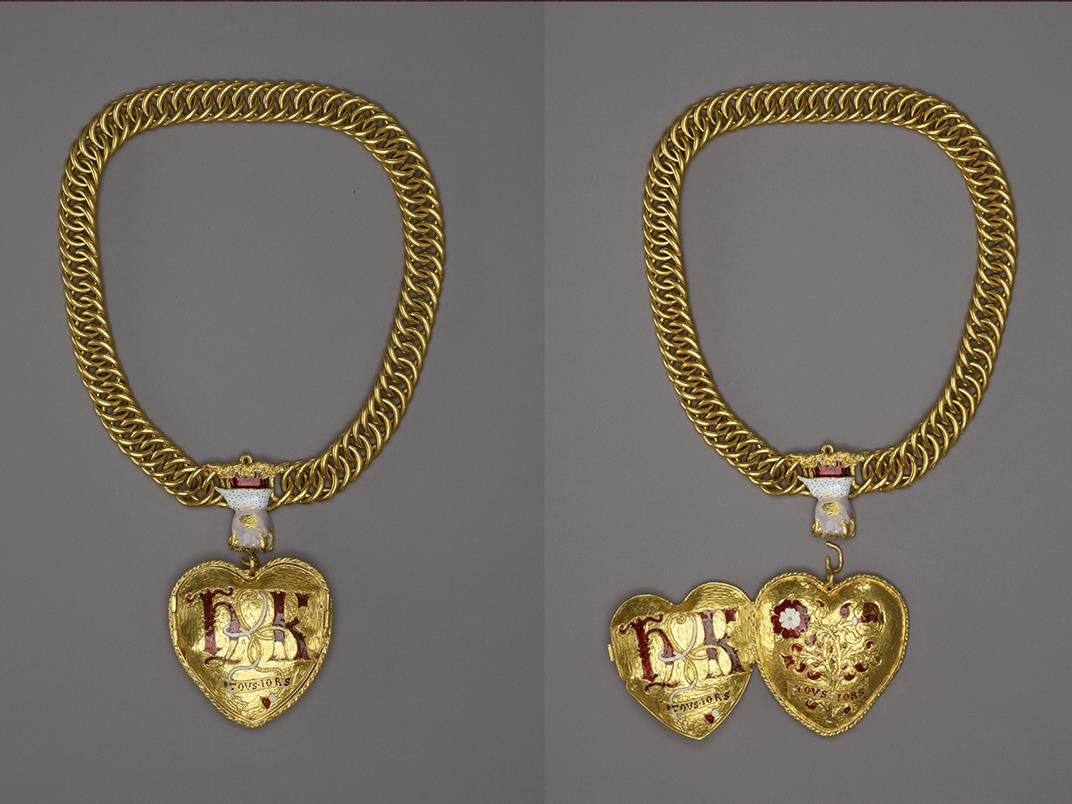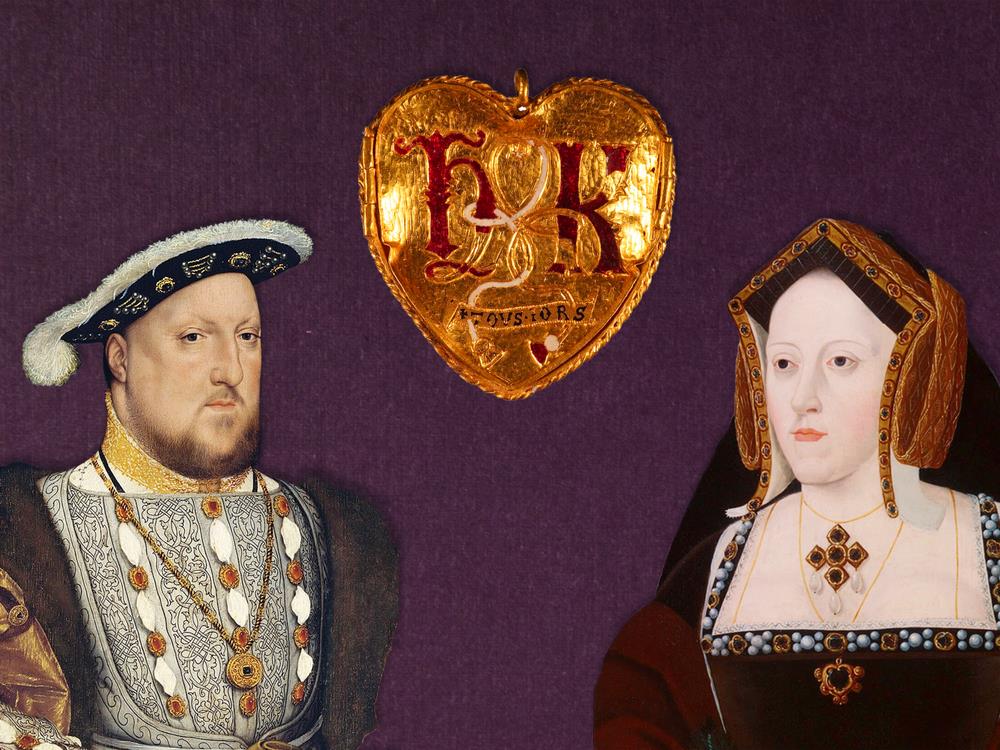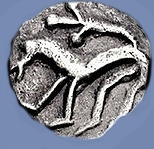






Looking After Your Finds - Tudor Gold

Sucessful - Treasure
Powered By Sispro1

Double click to edit
Metal detectorist unearths Tudor gold pendant linked to Henry VIII in Warwickshire
Viking Anglo-Saxon Menu
Copyright © All Rights Reserved by Nigel G Wilcox · · E-Mail: ngwilcox100@gmail.com
Designed by Nigel G Wilcox
Complimentary Topics
The Paragon Of Metal Detecting
& Archaeology
& Archaeology

6. Menu
Pages
Main Coin Menu
Member NCMD
Main Coin Menu

Gold chain with pendant associated with Henry VIII and Catherine of Aragon, circa 1521 © The Trustees of the British Museum

A 16th-century woodcut depicting the coronation of Henry VIII (under the Tudor rose) and Catherine of Aragon (beneath the pomegranate) Public domain via Wikimedia Commons
The British Museum team has found no evidence that the pendant personally belonged to either Henry or Catherine. But King tells the Guardian that “its quality is such that it was certainly either commissioned by or somehow related to a member of the higher nobility or a high-ranking courtier.” How the accessory eventually landed in a field in Warwickshire is unclear, but it will likely end up in a museum collection.
“Previously unknown potentially royal artifacts from the 16th century are very rare—and can give us important new insights into life at the top of Tudor society,” Lucy Wooding, a historian at the University of Oxford and the author of Tudor England: A History, tells the Independent’s David Keys.
Henry famously tried to divorce Catherine after becoming besotted with one of her ladies-in-waiting, Anne Boleyn, in the mid-1520s. But the queen refused to agree that the union was invalid, remaining steadfast in her belief that she was the king’s one true wife until her death in January 1536, a full three years after Henry had their marriage annulled so he could finally wed Anne. As Catherine wrote in her purported deathbed letter to Henry, “Lastly, I make this vow, that mine eyes desire you above all things.”
“Previously unknown potentially royal artifacts from the 16th century are very rare—and can give us important new insights into life at the top of Tudor society,” Lucy Wooding, a historian at the University of Oxford and the author of Tudor England: A History, tells the Independent’s David Keys.
Henry famously tried to divorce Catherine after becoming besotted with one of her ladies-in-waiting, Anne Boleyn, in the mid-1520s. But the queen refused to agree that the union was invalid, remaining steadfast in her belief that she was the king’s one true wife until her death in January 1536, a full three years after Henry had their marriage annulled so he could finally wed Anne. As Catherine wrote in her purported deathbed letter to Henry, “Lastly, I make this vow, that mine eyes desire you above all things.”
Courtesy information - Meilan Solly | 31.01.23
Meilan Solly is Smithsonian magazine's associate digital editor, history.
Meilan Solly is Smithsonian magazine's associate digital editor, history.
“The majority of people who saw this at the museum felt it was almost too good to be true,” curator Rachel King tells the Financial Times’ James Pickford. “At the British Museum, we have the largest collection of objects in precious metal from the early Tudor period. None of them are anything like this—they tend to be smaller. Things like this haven’t really survived.” (The pendant measures almost 2 and a half inches in length, while the chain stretches to just over 17 inches.)
Careful analysis of the pendant’s iconography soon dispelled any doubts about its authenticity. According to the artifact’s record in the PAS database, it likely dates to between 1509, when Henry and Catherine married, and 1533, when their marriage was annulled. The database record offers a “reasonable” suggested date of around 1521, the year that a similar design was embroidered on equine body armor used during jousts at English court. 1521 was far from the first time Henry commissioned metalwork celebrating his marriage; ahead of a joust and banquet in July 1517, for example, artisans produced metalwork featuring “H” and “K” and other royal emblems to adorn the clothing of more than 100 guests and horses.
The 1517 record “suggests a huge amount of metalwork [was] being hastily prepared with visual impact in mind, none of which was intended to have longevity,” the database states. “[The pendant] could have been made in similar circumstances,” whether for the Field of Cloth of Gold or another extravagant event. Per a statement, it may have served as a prize won at a jousting tournament or a token worn by an attendee.
Careful analysis of the pendant’s iconography soon dispelled any doubts about its authenticity. According to the artifact’s record in the PAS database, it likely dates to between 1509, when Henry and Catherine married, and 1533, when their marriage was annulled. The database record offers a “reasonable” suggested date of around 1521, the year that a similar design was embroidered on equine body armor used during jousts at English court. 1521 was far from the first time Henry commissioned metalwork celebrating his marriage; ahead of a joust and banquet in July 1517, for example, artisans produced metalwork featuring “H” and “K” and other royal emblems to adorn the clothing of more than 100 guests and horses.
The 1517 record “suggests a huge amount of metalwork [was] being hastily prepared with visual impact in mind, none of which was intended to have longevity,” the database states. “[The pendant] could have been made in similar circumstances,” whether for the Field of Cloth of Gold or another extravagant event. Per a statement, it may have served as a prize won at a jousting tournament or a token worn by an attendee.

The gold pendant likely dates to around 1521. Illustration by Meilan Solly / Photos via Birmingham Museums Trust under CC BY 2.0, Wikimedia Commons under public domain






















